Prix Émile Hermès Design Award 2011
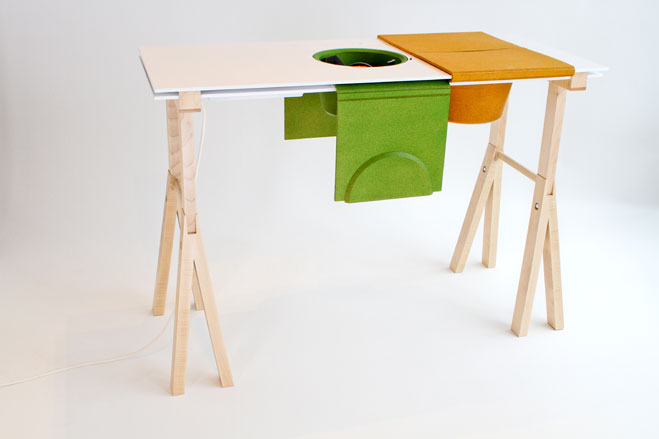
Most designers and manufacturers will tell you that their goal is to make the world a more beautiful place. Some try to achieve this in a responsible manner, using sustainable materials and fair practices. But very few are committed to spreading their wealth to young designers with bright ideas on how to combine these twin aims. Hermès has become one of this rare breed, thanks to its triennial Prix Émile Hermès.
Launched in 2008 and named after the Hermès heir who took charge of the company in 1921, the award gives a leg up to aspiring designers operating over a range of disciplines, from industrial design to architecture. Recently, Hermès added an eco mandate to the award, so 2011 brings us a new crop of environmentally conscious winners - each responding to this year's theme, 'Heat, me-heat, re-heat', with an innovative but practical exploration of heat use and conservation.
At the awards ceremony, head judge Toyo Ito and Pierre-Alexis Dumas, president of the Fondation d'entreprise Hermès, granted first prize (and 50,000 euros) to Arnaud le Cat, Esther Bacot and Luther Quenum of French design collective Unqui for a low-energy cooktop they call Shelved Cooking. Inspired by the Norwegian tradition of slow-cooking, the ergonomic plywood-and-plastic system represents an economical, energy-efficient solution for casseroles and stews.
The second and third-prize winners both presented space heaters, though wildly different in form and function. Germany's Daniel Abendroth and Andreas Meinhardt came second with H-Agent, a mobile heater that stores excess heat and redistributes it to cooler areas. Jarl Fernaeus of Sweden followed with Ecojoe, a wood-burning stove that uses remarkably little wood.
The winning entries, plus demos of how to use the projects from the 12 finalists, can be viewed on the Prix Émile Hermès interactive website. Hopefuls for the 2014 prize should find plenty of inspiration.
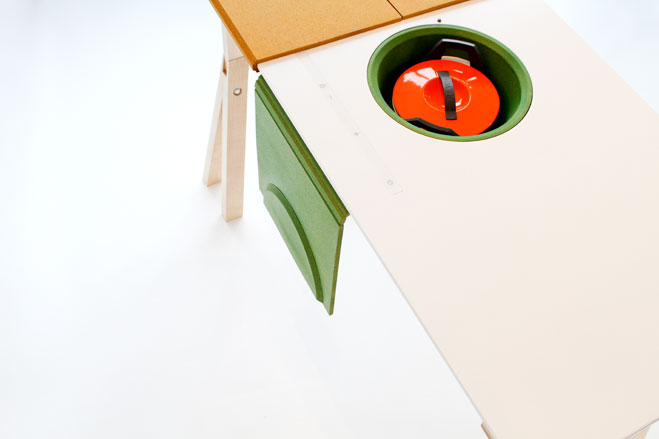
Unqui Designers' Shelved Cooking consists of two cylinders set into a workbench, each containing an induction hotplate. A cooking pot is placed inside the cylinder and brought to the boil. The hotplate is then switched off and the cylinder sealed with insulation flaps made from compressed layers of boiled wood, survival blanket and cork
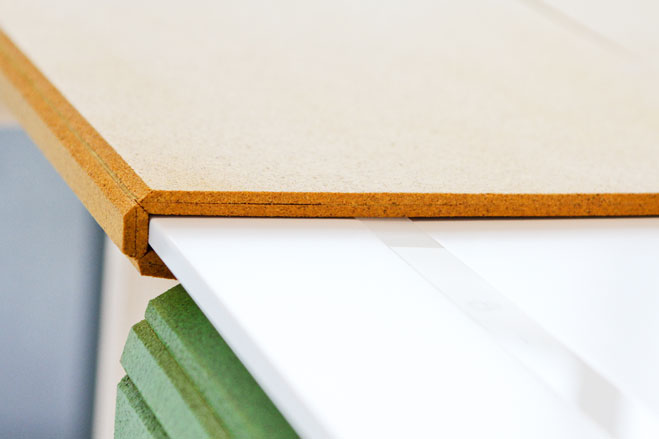
Unqui Designers claim their Shelved Cooking system can save around 75 per cent of the energy needed to make a dish of beef bourguignon or 45 per cent of the energy used cooking a vegetable stew
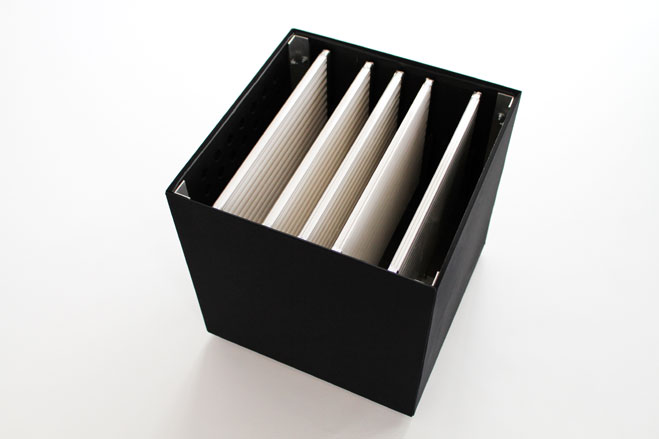
Germany's Daniel Abendroth and Andreas Meinhardt were awarded second prize for the H-Agent, an automatic mobile heating device designed to capture and store excess heat, redistributing it in cooler areas
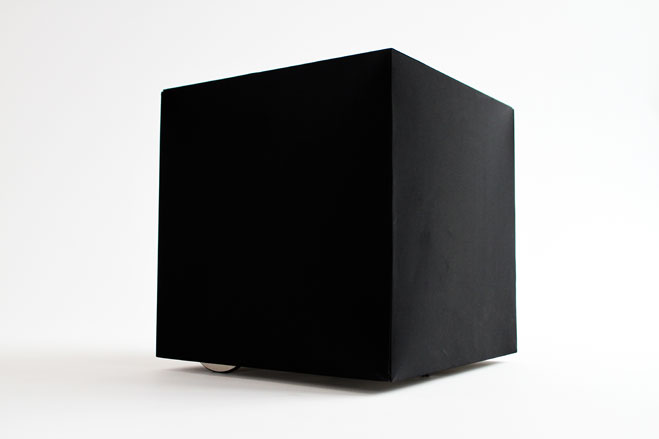
H-Agent is mounted on motorised wheels and moves automatically around an interior space, guided by infra-red sensors
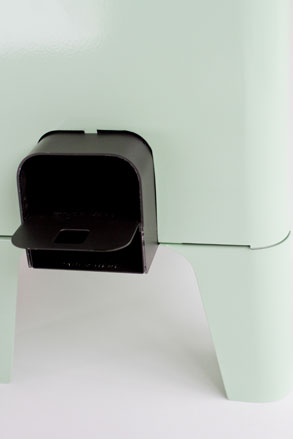
Third prize was won by Jarl Fernaeus (Sweden) for his Ecojoe stove, a highly efficient wood-burning stove made from insulating concrete with painted sheet steel sides
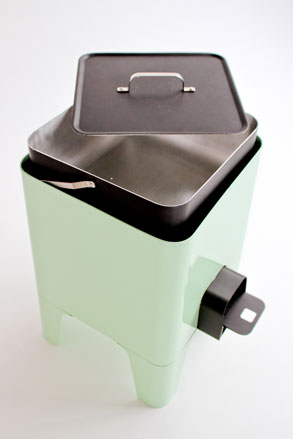
Jarl Fernaeus's Ecojoe is his response to statistics showing that almost three billion people around the world cook on open wood fires, an extremely inefficient use of energy
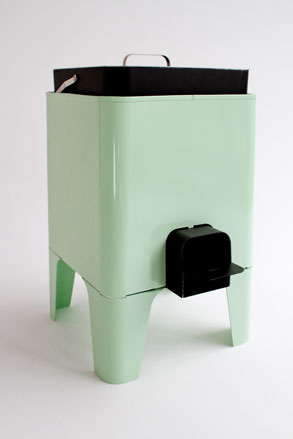
Based on the principles of the traditional wood-fired oven, Ecojoe reduces the amount of wood needed and the volume of particles released into the atmosphere by two thirds
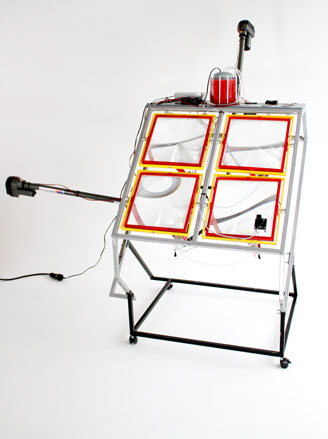
The jury awarded a Special Mention to Mohsen Saleh and Seyed Abdolnasser Taghavi (Iran/Italy) for Light Farm, an architectural module using high-density photovoltaic technology capable of generating 40 per cent of a household's electricity needs
Receive our daily digest of inspiration, escapism and design stories from around the world direct to your inbox.
Based in London, Ellen Himelfarb travels widely for her reports on architecture and design. Her words appear in The Times, The Telegraph, The World of Interiors, and The Globe and Mail in her native Canada. She has worked with Wallpaper* since 2006.
-
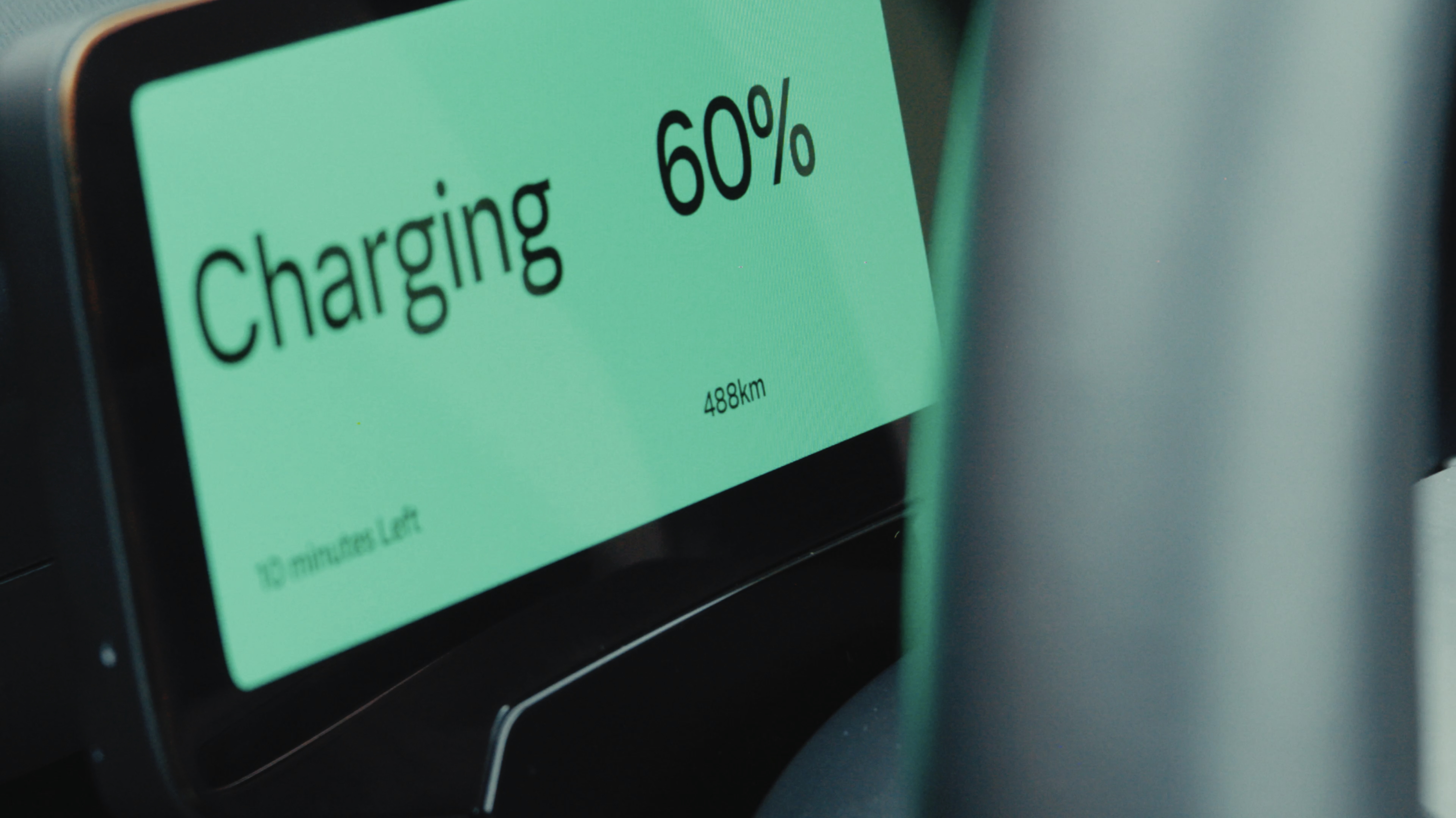 Volvo’s quest for safety has resulted in this new, ultra-legible in-car typeface, Volvo Centum
Volvo’s quest for safety has resulted in this new, ultra-legible in-car typeface, Volvo CentumDalton Maag designs a new sans serif typeface for the Swedish carmaker, Volvo Centum, building on the brand’s strong safety ethos
-
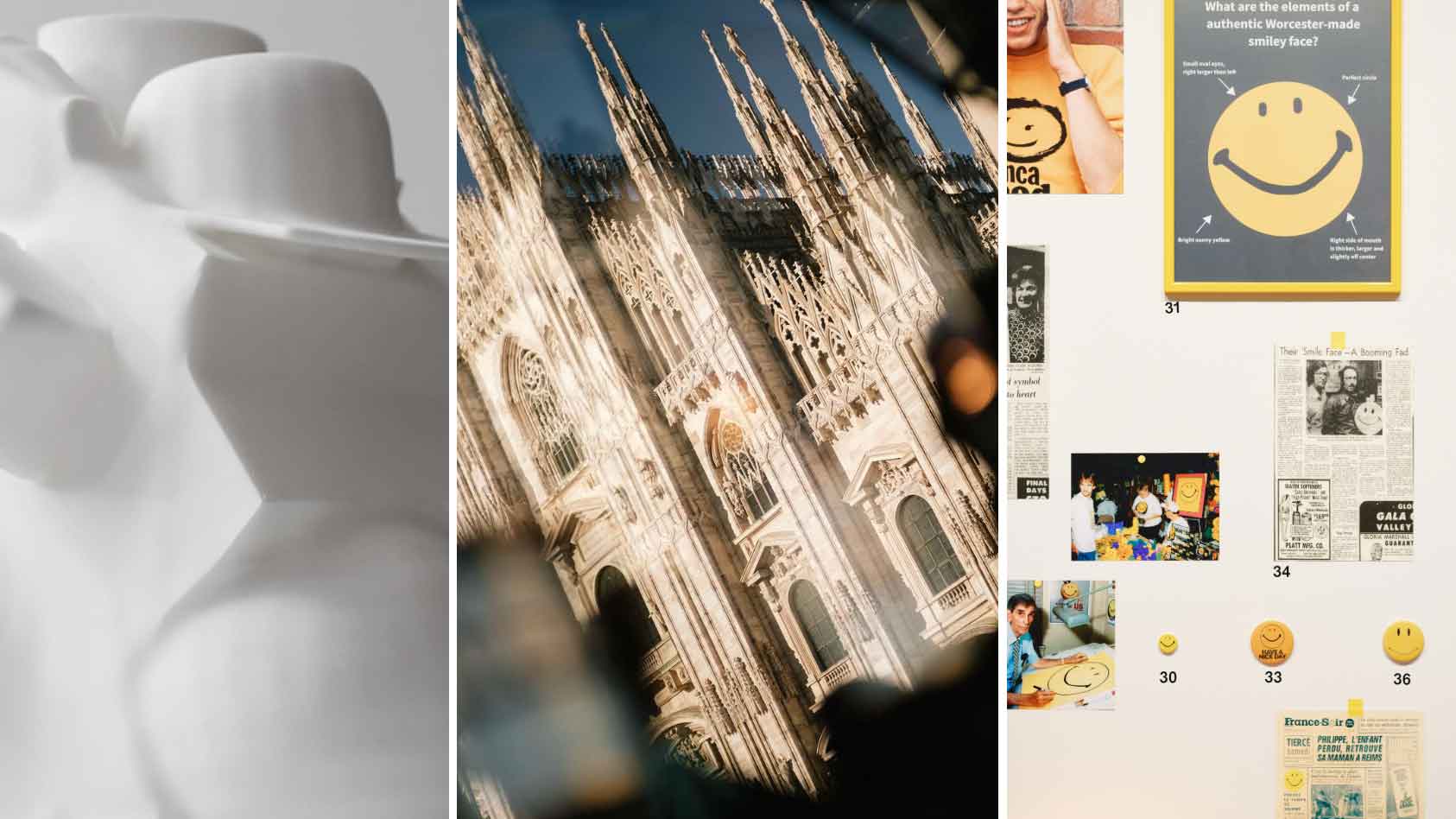 We asked six creative leaders to tell us their design predictions for the year ahead
We asked six creative leaders to tell us their design predictions for the year aheadWhat will be the trends shaping the design world in 2026? Six creative leaders share their creative predictions for next year, alongside some wise advice: be present, connect, embrace AI
-
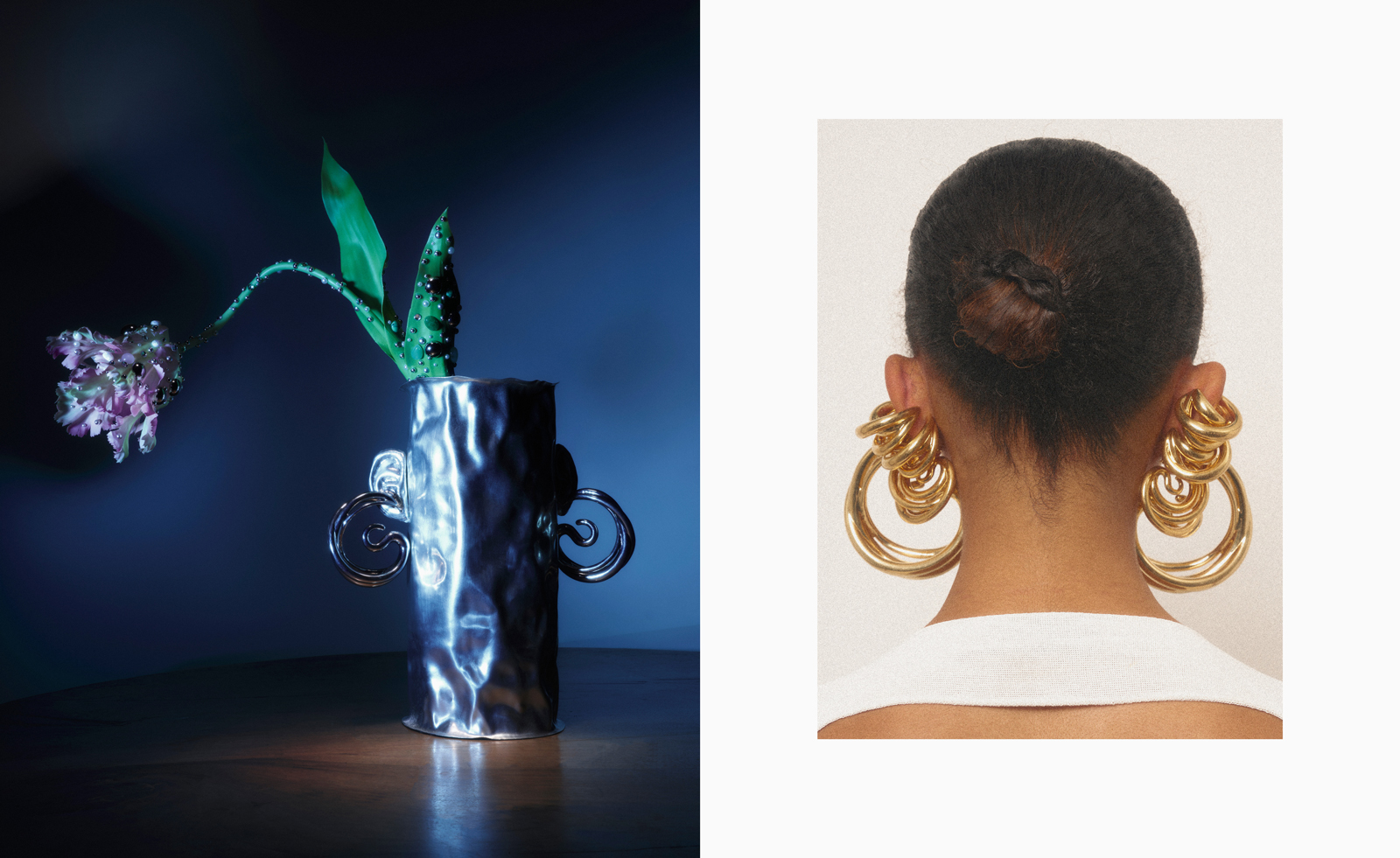 10 watch and jewellery moments that dazzled us in 2025
10 watch and jewellery moments that dazzled us in 2025From unexpected watch collaborations to eclectic materials and offbeat designs, here are the watch and jewellery moments we enjoyed this year